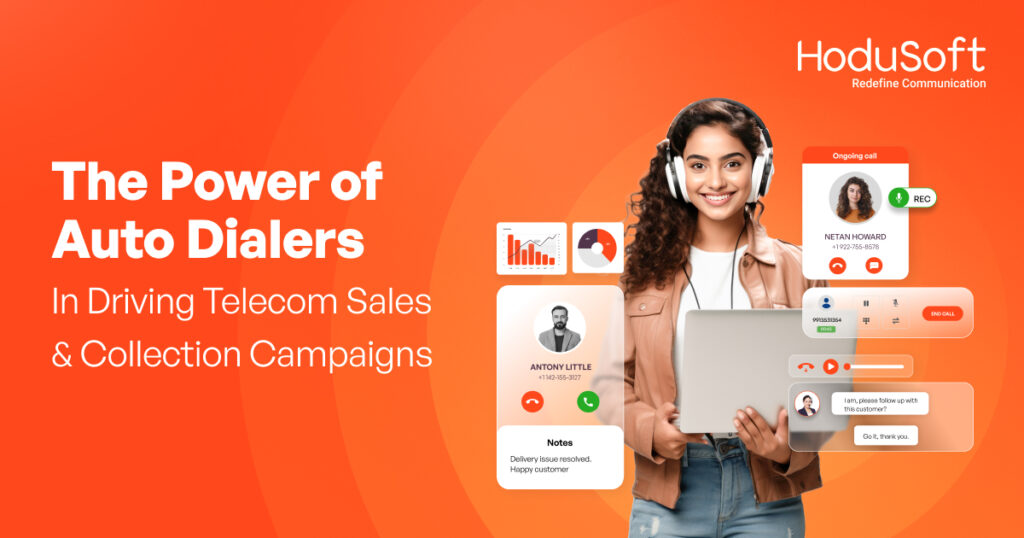Why Businesses Must Create an Omnichannel Customer Experience?
Nowadays, businesses can support multiple channels of customer engagement which include web, voice, email, digital, and more. However, customers, these days expect a more advanced customer experience within a single interaction. To meet their expectations, businesses use technologies that support multiple channels within a single interaction, which is known as the complete omnichannel customer experience. Creating an omnichannel experience can benefit businesses in many ways. It is reported that the customers who engage through multiple channels with a business, spend more.
A well-defined omnichannel strategy can considerably impact convenience and conversions. As per some reports:
- Customers who use three or more channels to interact with brands have a purchasing frequency rate 250% higher than single-channel users.
- Customers who use three or more channels also have an AOV (average order value) which is 13% more than those that did not use multi-channel.
- Customers who use more channels are more valuable. They spend an average of 4% more in physical stores and 10% more than online single-channel customers.
All these numbers prove that customers who interacted through multiple channels were likely to make more purchases over time.
Businesses that generate omnichannel experiences handle customer interactions efficiently using multiple channels such as smartphones, chatbots, social media, and more. They employ a multi-channel approach to connect marketing, sales, and customer service platforms. In other words, an omnichannel approach allows businesses to provide their brand experience to their customer in one channel and continue it on another channel flawlessly.
How is Omnichannel Experience different from Multichannel?
A large number of businesses utilize multiple channels in their sales process. However, providing multiple channels approach doesn’t mean an omnichannel experience. Though both the multichannel and omnichannel customer experiences involve selling to customers via online and offline channels, the key difference lies in the customers’ experience that they get from these channels.
A business with a multichannel approach may have a website, social media account, and brick-and-mortar store. These channels are completely different and isolated from each other with little to no connection. For instance, a customer visits a website and browses products that he/she wants to purchase and then the customer visits the physical store to buy that product in person. In case the staff can’t find that particular product, they will contact the customer service, unfortunately, to find out that the product is not available in-store. All this will result in customers leaving the store without making a purchase.
On the other hand, by utilizing an omnichannel approach, businesses are able to align multiple channels to offer streamlined customer support and shopping experiences. For instance, a potential buyer may use an app to browse the products. They can interact via social media channels to get more details about the particular product. Once they visit the store, they can pay through their mobile phones and ask for help (if required) from an in-store assistant.
How do Omnichannel experiences benefit the customer support team?
Omnichannel experience is not only beneficial for customers but also acts as a valuable asset in customer support. Whenever a customer calls the customer support team for any kind of assistance, the call/contact center agents can find a real-time record of their past interactions with that particular customer through whichever digital channel they used. This eliminates the need to ask questions about their past issues with the service, thus saving a lot of time and helping agents in serving their customers in the most efficient and fast manner. This further boosts customer retention and brand loyalty.
Tips to generate an omnichannel customer experience
Here are some of the key tips that businesses can use to integrate multiple channels:
Evaluate the customer journey
Map the customer’s journey by determining where a customer’s journey started and all the key points that resulted in the purchase. Evaluating the customer’s journey will help businesses to modify customer shopping experiences in different channels to enhance sales and boost convenience.
Read Also: EasyFive Reasons Why E-commerce Players Need Social Media Contact Center Software
Implement the right technology
Implementing the right technology is important to provide superior customer communication. The customer support team should be able to reach customers via mobile apps or any other channel of communication with ease. Businesses with online websites can also personalize product recommendations to encourage customers to make repeat purchases. One of the best ways to provide a seamless omnichannel customer experience is using advanced omnichannel contact center or call center software that includes sales and service tools like live chat, video and voice calls, and chatbots.
Listen to feedback
By listening to the feedback of customers regarding products or services, a business can significantly improve the buyer’s journey. Therefore, businesses must collect reviews and ask their customers to rate their experiences. Businesses can even send surveys through email or mobile apps to collect customer feedback.
Conclusion
On the whole, with the omnichannel customer experience approach, customers are more likely to become loyal to a particular brand when they find placing orders is simple, customer service is easily accessible and efficient, and they are getting a personalized shopping experience.



